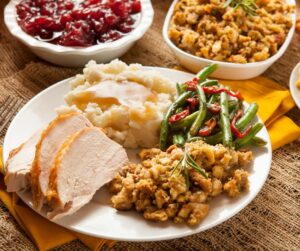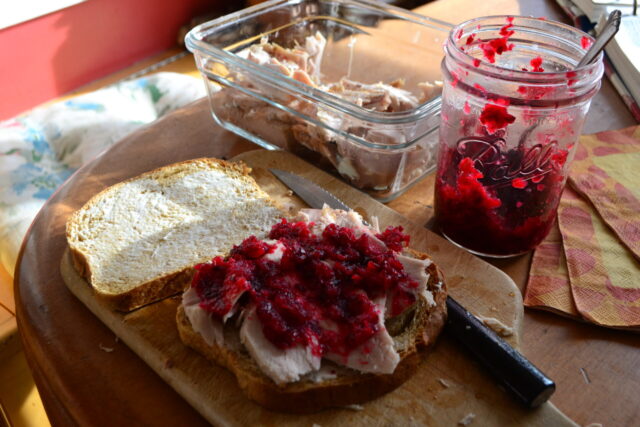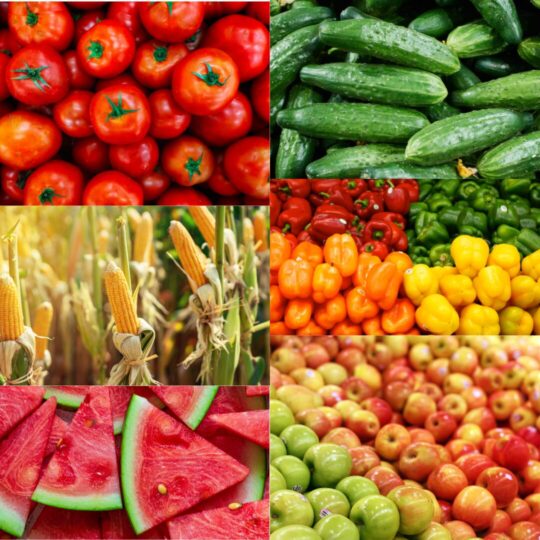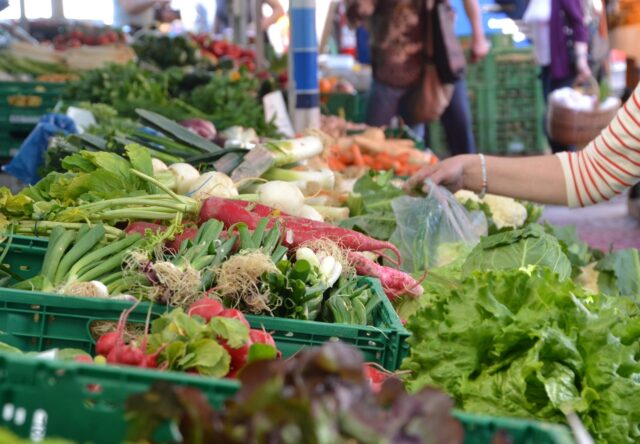By Nicolle Walker
Thanksgiving is a time to slow down, reconnect with family and friends, and savor dishes that many of us don’t make the rest of the year.
The feelings of nostalgia surrounding this time of year can lead to overindulgence, but that doesn’t mean you need to eat that same plate of turkey, stuffing, and cranberry sauce over and over.
If you are looking for new ways to enjoy your leftovers, look no further:
Stuffing Waffles
- Spray your waffle maker well and place 1 cup of room-temperature stuffing in each section, close, and cook until crispy and browned
- Top with leftover cranberry sauce or gravy and enjoy
Breakfast Burritos
- Wrap turkey, stuffing, a couple scrambled eggs and a splash of gravy in a flour tortilla
- Heat a pan over medium high heat and spray with a touch of oil
- Lay burritos seam side down and let cook for 4-5 minutes or until golden, flip carefully and brown the top side
- Enjoy dipped in extra cranberry sauce
Stuffing Strata
Stuffing Strata is the perfect morning after breakfast.
- Before heading off to bed combine leftover stuffing with shredded turkey or ham any roasted veggies, eggs, & cream, and a healthy sprinkle of cheese.
- Cover and let sit in the fridge overnight, then bake covered at 350 degrees for 40-50 minutes for a hearty breakfast that everyone will love.
Potato Soup
Mashed potatoes almost never last in my house, but if you find yourself with extras, try making a pot of potato soup!
- Bring your mashed potatoes to room temperature, then combine them in a pot with your choice of chicken or vegetable broth and whisk. Start with equal amounts of potatoes and broth, then thin until you find your desired consistency.
- Serve with shredded cheddar, sliced scallions, maybe some crumbled bacon, and of course a turkey sandwich!
These are just a few ideas about transforming Thanksgiving leftovers into delicious meals! Have a happy and healthy Thanksgiving!
Editor’s note: Nicolle Walker is a volunteer with Table to Table and a member of our Emerging Leaders Council. She is the executive chef and owner of Love & Plates in Bloomfield, New Jersey.
Related:











